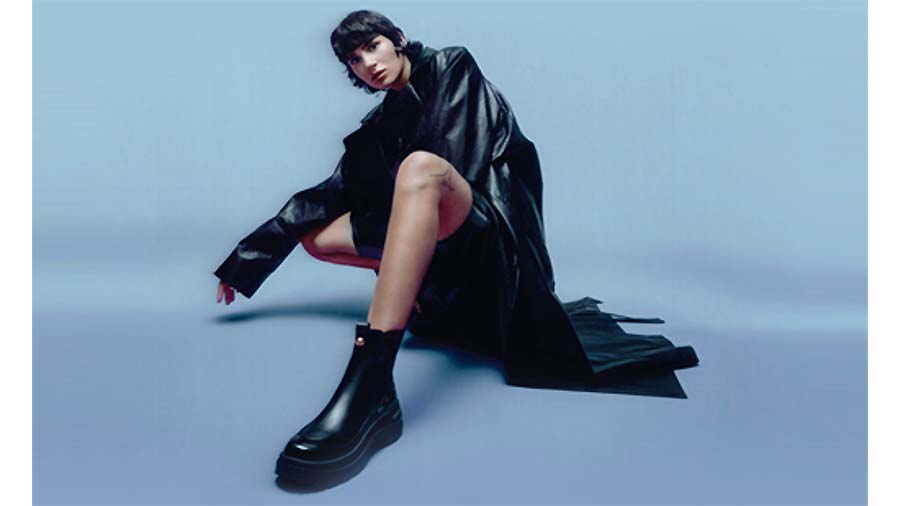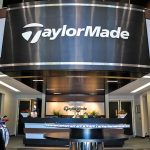Stella International Holdings, Ltd., the Hong Kong-based developer, manufacturer and retailer of footwear and leather goods, reported that unaudited consolidated revenue for the first half decreased by approximately 13.4 percent to $716.0 million, compared to $827.2 million in H1 last year. Shipment volumes in the first half decreased by approximately 18.6 percent year-over-year. Changes to product mix and customer mix mostly drove the increase in ASP during both periods.
The company said it saw a more pronounced contribution from the new customers that it added to the luxury and high-end fashion categories.
Stella also said its sports, luxury and fashion customers demand more premium product styles. These factors reportedly led to a 6.5 percent increase in average selling prices and an improvement in gross margin.
“By partnering with more luxury and high-end fashion brands to introduce sports and athleisure footwear lines into their portfolios, we are further enhancing our category mix,” said Chi Lo-Jen, CEO of Stella International Holdings, Ltd. “These brands are outperforming the wider footwear market, and, together with our Sports customers, they are demanding more premium product styles. These will lead to a modest increase in full-year ASP and help offset the decline in shipment volumes.”
Despite declining revenues, the company reported that gross profit grew 1.1 percent to $$165.8 million in H1, compared to $163.9 million in H1 last year. Gross margins improved 330 basis points to 23.1 percent of sales in the first half from 19.8 percent in the year-ago period.
“At the same time, our focus on production improvement and productivity gains, as well as cost controls, helped enhance our operating margin,” the company said in a release.
Operating profit margin expanded to 9.0 percent, compared to 8.3 percent in the first half of 2022. After changes in fair value in financial instruments, operating profit was $59.7 million in the first half, compared to $68.6 million in the prior-year half.
Stella said it remained confident in reaching the medium-term goals of its three-year plan to achieve an operating margin of 10 percent and a low-teens annualized growth rate on profit after tax by the end of 2025.
The resulting net profit was $55.2 million in the first half. Excluding a marked-to-market net fair value loss on financial instruments related to the company’s investment in Lanvin Group, Stella recorded an adjusted net profit of $60.3 million, or 8.4 percent of sales, in H1, compared to a net profit of $60.2 million, or 7.3 percent of net sales, in H1 2022.
Cash and Cash Equivalents were $173.5 million at June 30, compared to $213.3 million on December 31, 2022. The company’s net cash position at the end of the first half was $162.5 million. Inventories rose 3.7 percent to $195.7 million at half-end, compared to $188.8 million at the end of 2022.
Looking ahead, Stella expects to maintain its “strong gross profit margin and operating margin levels” as it continues to execute its three-year plan, with orders from the newly-added luxury and high-end fashion customers continuing to grow from a small base, supporting the further enhancement of its product and customer mix.
“We expect our non-sports manufacturing facilities will continue to operate at close to full utilization in the second half of the year as we pursue greater operational efficiency and cost controls as part of our Three-Year Plan,” the company stated in a release. “While our overall order book will continue to be impacted by Sports customers’ de-stocking inventory, we are seeing some signs of improvement toward the end of 2023.”
Stella’s long-term capacity expansion and diversification initiatives reportedly remain on track, with a new factory in Solo, Indonesia, ramping up in line with demand.
Photo courtesy Stella International
















